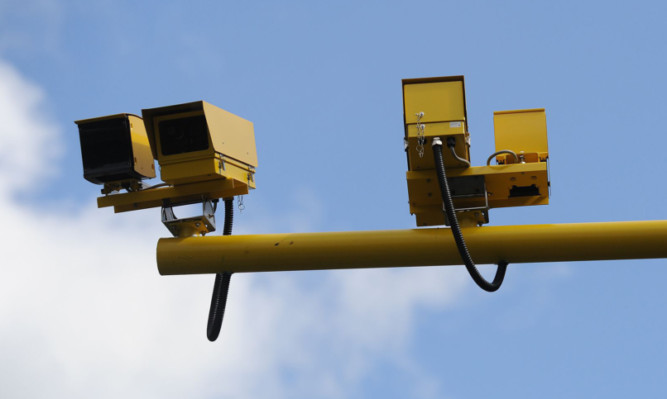Roads authority Transport Scotland is under fresh pressure to reveal how many motorists have been caught out by new average speed cameras on the A9.
The government body had been asked, via a Freedom of Information request, to reveal the tally of drivers snared by the so-called “yellow vultures”.
A spokesman had originally said that the information would be available on Wednesday but Transport Scotland announced at the 11th hour that they were still assessing the statistics and hoped to reveal them sometime next week.
Anti-camera campaigners said it was “frustrating” that the organisation had failed to show how effective or otherwise the system had been.
Mike Burns, spokesman for the group A9 Average Speed Cameras Are Not The Answer, said: “It does make you wonder why it’s taking so long. It is frustrating.
“It’s interesting that they are able to reveal drink-drive figures within hours of the new limit being put in place but they can’t do anything for months with such a high-tech and high-profile system.
“In our opinion, the figures will be meaningless anyway when they come out, mainly because they will have nothing to compare them against.
“There is no comparison of traffic volumes, journey times or anything like that so there’s no way of telling like for like what the figures reveal.”
He added that he had not heard of any drivers being caught under the new system, which was launched in late October.
Transport Scotland and Police Scotland, who were also asked to provide details, said they were still assessing and collating statistics. A force spokeswoman said that numbers should be released next week.
A spokesman for the A9 Safety Group, which includes Transport Scotland, said it was too early to give definitive figures but suggested that findings so far presented substantial reductions in excess speeding from about one in 10 to fewer than one in 700 vehicles using the route.
He added: “We will report back shortly on their initial performance and will continue to provide updates both before and during the dualling of this important route.”
